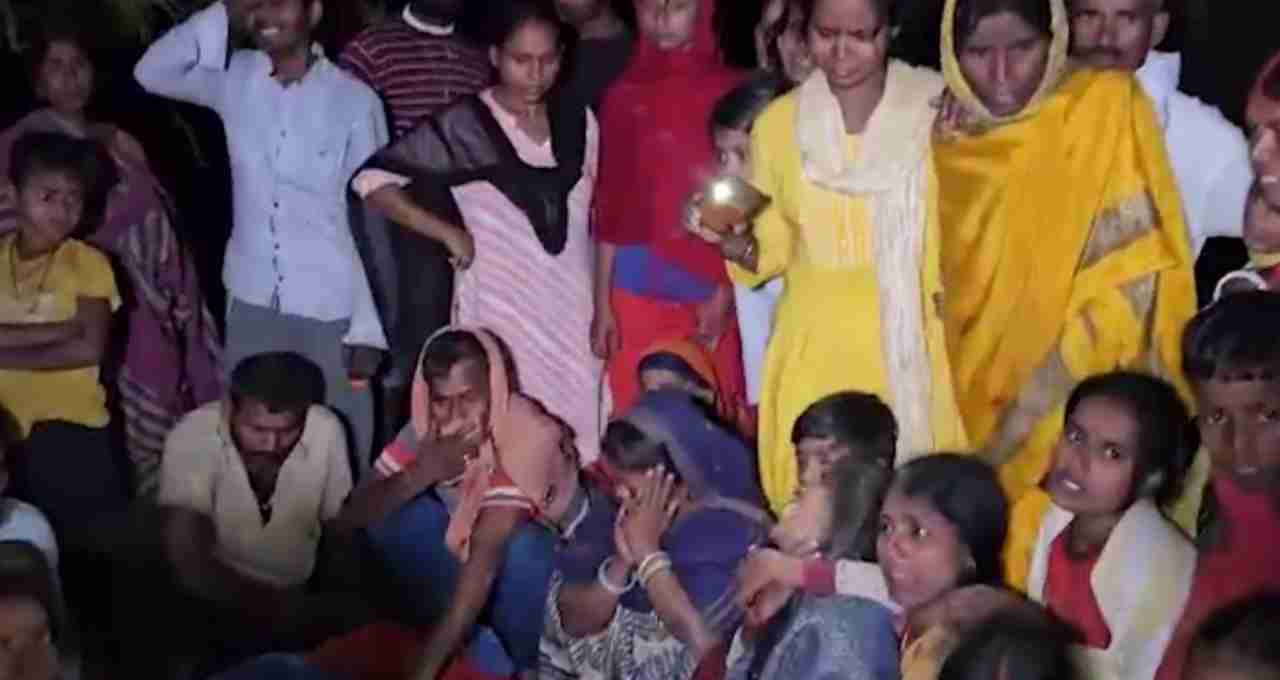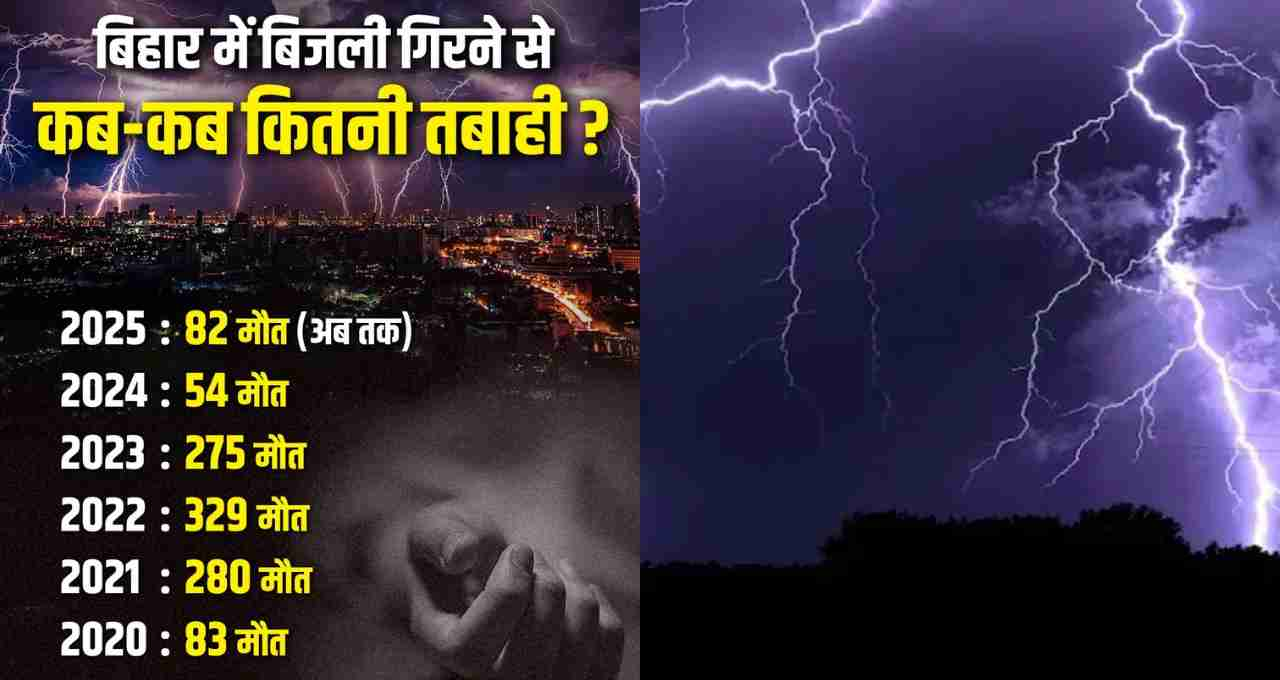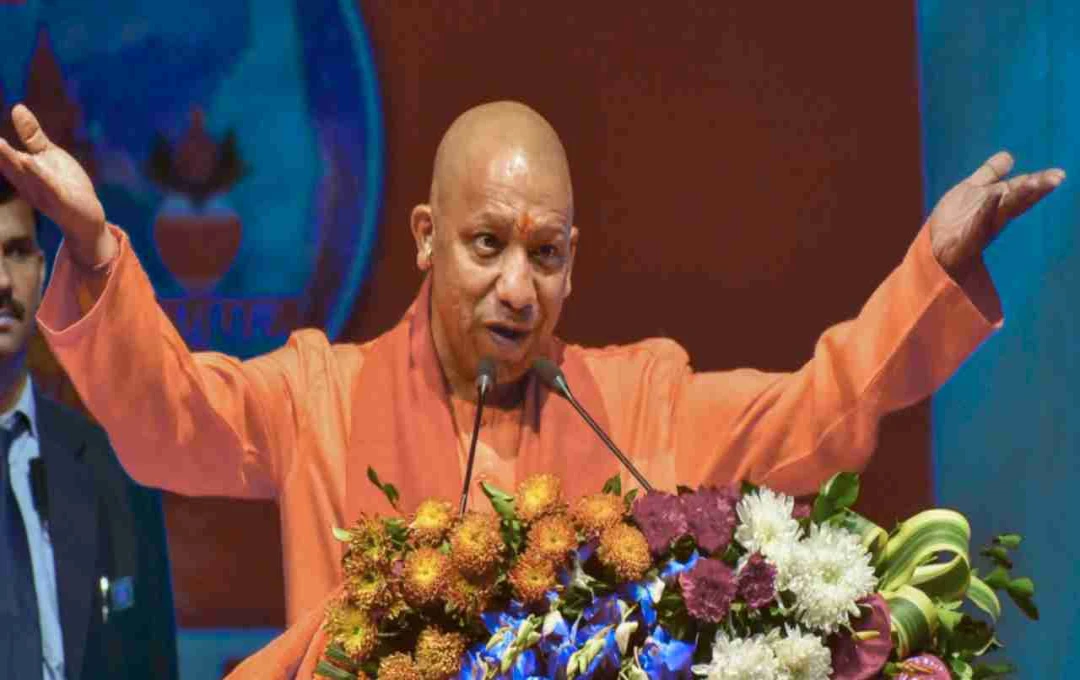Sixty-one people died in Bihar due to lightning strikes in the past 48 hours. The number of lightning strike fatalities across the country has increased dramatically in recent years.
Bihar: At least 61 people died due to lightning strikes in various districts of Bihar in the past 48 hours. The highest number of deaths, 22, occurred in Nalanda, the home district of Chief Minister Nitish Kumar. Patna, Bhojpur, Siwan, and Gaya each reported 4 deaths; Gopalganj and Jamui reported 3 each; while Muzaffarpur, Jehanabad, Saran, and Arwal reported 2 deaths each. Eight other districts reported one death each. The state government has announced a compensation of ₹4 lakh for each deceased family.
Rising Lightning Strikes Fuel National Concern
The number of lightning strike deaths is not limited to Bihar. Fatalities due to lightning strikes have increased rapidly across the country in recent years. In Bihar, 83 deaths were recorded in 2020, rising to 280 in 2021, 329 in 2022, and 275 in 2023. In the first four months of 2024 alone, 82 deaths have already occurred.

Approximately 2,000 Deaths Annually in India
According to NCRB and other research, an average of 1,876 deaths occurred annually in India due to lightning strikes during the 2010-2020 decade. A report from Fakir Mohan University (Odisha) indicates that a total of 101,309 people died due to lightning strikes between 1967 and 2020, with the most affected states being Madhya Pradesh, Maharashtra, Uttar Pradesh, and Odisha.
Bihar's Situation Most Critical
Bihar is the most affected state in terms of deaths per 1,000 square kilometers, with an average of 79 people dying from lightning strikes annually. This is followed by West Bengal (76) and Jharkhand (42). Northeastern India and Central India are becoming lightning hotspots.
Why are Lightning Deaths Increasing?
Climate change, deforestation, degradation of water bodies, and global warming have led to an increase in lightning strike incidents. Furthermore, the increase in deaths is attributed to farmers working in fields, construction workers, and a lack of alert systems in rural areas. A lack of awareness and protective mechanisms in India is also a major contributing factor.

Lack of Policy and Preparedness
A 2023 report revealed that while India has developed policy frameworks to address disasters like floods, cyclones, and droughts, preparedness for lightning disasters remains extremely weak. Only 7 out of 36 states have an action plan for lightning safety, while the most affected states – Madhya Pradesh, Bihar, Odisha, West Bengal, Chhattisgarh, and the Northeastern states – lack a robust policy.
Urgent Need for Action Towards Solutions
Lightning deaths can be prevented provided serious efforts are undertaken in a timely manner regarding alert systems, community awareness, tree plantation, and disaster preparedness. Experts believe that extending lightning prediction and response mechanisms to the panchayat level is now a necessity.










